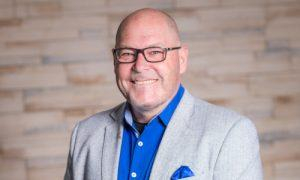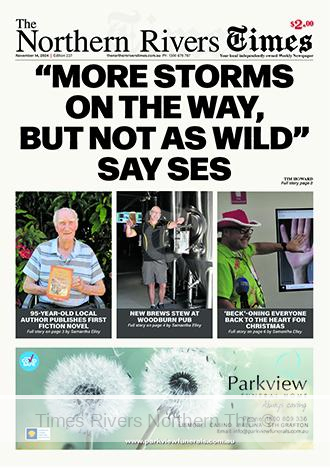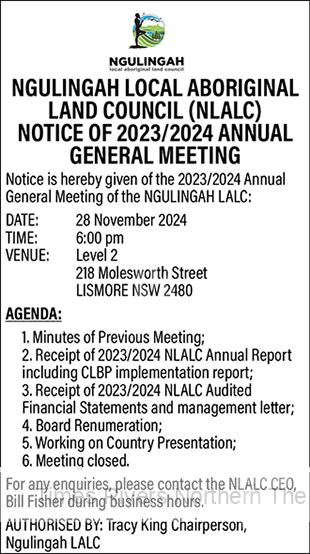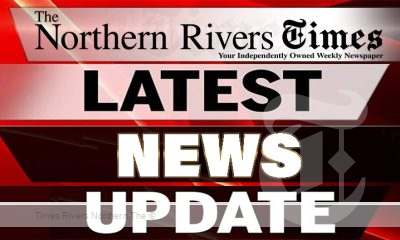5 ways to cool cities as temperatures soar
UNSW Sydney
As Australia heads into an El Nino summer, UNSW’s Dr Negin Nazarian, an expert in urban climate, explains 5 crucial strategies to keep cities – and people – cooler.
There are several factors that interact when we think about heat in the urban environment.
“First, there’s urban heat itself,” explains Dr Nazarian, “which is the change brought about by urbanisation, buildings, roads, infrastructure and the like. This is often referred to as urban heat island. Then, there’s the impact of climate change, which means that average temperatures globally, as well as in cities, are increasing across the board.
“Finally, climate extremes such as heat waves, are becoming more frequent, longer, and intense due to global warming. And in El Nino years, like now, the risk of climate extremes is also increased. Considering all these drivers, our cities are faced with an increasingly pressing problem of how to manage heat and care for the people living in them. This includes mitigating urban heat in our cities as well as helping our people adapt to them to reduce the negative impacts on their lives.”
1. Cool materials
Urban areas, like cities, are warmer than natural areas – creating what people talk about as the Urban Heat Island effect. And that’s mostly because the types of materials used to create buildings have different properties than natural land cover.
“In the natural environment you have trees, grass and soil, which provide shade, absorb heat and retain water in the environment. However, most materials which create the built environment absorb more heat, trap more radiation, and have no way of retaining moisture for cooling,” explains Dr Nazarian.
To keep cool cities, it’s important for developments to increasingly utilise cool materials that radiate heat, rather than absorbing it. “This can range from light-coloured paints that are suitable on roofs, through to the use of advanced super cool (retroreflective) coatings on pavements. The more advanced ’super cool’ materials reflect most of the striking radiation backwards to the sky, reducing the heat trapped within the urban canopy, which means they won’t be affecting thermal comfort of people in our streets,” says Prof. Nazarian.
Recent developments in some areas of Sydney have seen a proliferation of dark coloured roofs, which accentuates heat accumulation in these new suburbs. “Revisiting the ban on black roofs and requiring the use of light coloured roofing materials by councils would be one way to start to mitigate heat in these green-field developments,” says Prof. Nazarian.
Indonesia’s Cool Roof Project is aiming to create 1 million cool roofs to combat rising temperatures. Cool materials reflect sunlight and reduce the amount of heat absorbed by a building, reducing temperatures inside. Credit: BeCool Indonesia.
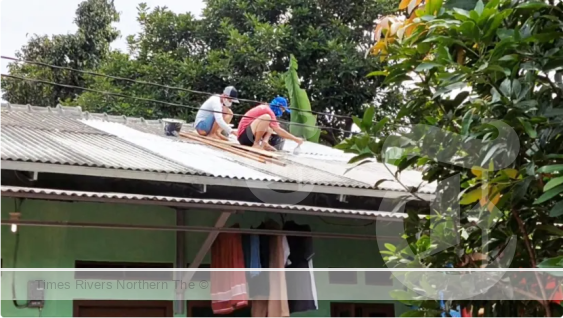
Indonesia’s Cool Roof Project is aiming to create 1 million cool roofs to combat rising temperatures. Cool materials reflect sunlight and reduce the amount of heat absorbed by a building, reducing temperatures inside. Credit: BeCool Indonesia.
2. Green Spaces
Increasing urban greenery helps keep cities liveable as temperatures rise.
“Heat mitigation is nuanced,” says Prof Nazarian. “Just planting lots of trees will not cool our cities as we are also facing climate change and its impact on extremes. And most trees only have cooling benefits when they are sufficiently mature, so the impact is medium to long-term impact. However, trees have significant benefits such as providing shade, which reduces our exposure to heat, and helps us endure hotter temperatures. They also have a positive impact on people’s wellbeing, and air quality.”
Parklands, operate in the same way, on a larger scale, creating a ‘thermal oasis’. “They may not fully mitigate urban heat at the city scale, but they provide local cooling and, more importantly, minimise the impact that heat will have on people. Creating more of these thermal oases will help manage the impact of increased urban temperatures,” says Dr Nazarian.
“Green roofs and facades are another good option for cities as they reflect rather than absorb heat,” says Dr Nazarian, “Green facades and roofs also contribute to energy saving of buildings though they are easier to implement in new buildings, where specific water-proofing and irrigation needs can be included in the design.”
Green facades reflect rather than absorb heat, and can also cool through evapotranspiration. Image: Manly Vale Carpark, Sydney / Junglefy.
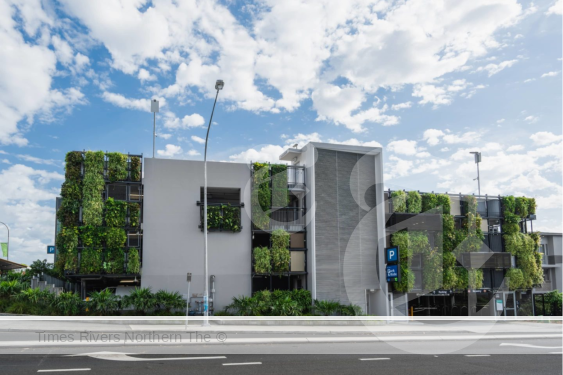
Green facades reflect rather than absorb heat, and can also cool through evapotranspiration. Image: Manly Vale Carpark, Sydney / Junglefy.
3. Climate-Responsive Urban planning
Urban design and planning decisions have a significant impact on temperature regulation. “Street canyons configured to promote shade and ventilation reduce local air and surface temperatures and improve outdoor thermal comfort, and are key to cooling our cities and people”.
Dr Nazarian also suggests careful consideration of the ratio of impervious surfaces to ‘natural’ and ‘porous’ land needs to take place. And with newer developments, such as those in Western Sydney, the recommended ratio (for instance in the Cool Suburbs Tool used in NSW) is a minimum 50% site perviousness, which can include green roofs and porous pavements.
Moreover, urban design that includes open spaces and positions buildings to facilitate natural ventilation can help dissipate heat in cities. In Sydney’s eastern suburbs, the sea breeze effectively cools the area, while in the western suburbs creating ponds and parks which then cool the breezes that flow through the area can work in the same way.
Singapore’s network of wind corridors exemplifies how thoughtful planning can create a symbiotic relationship between thermal oases and ventilation.
The strategic placement of buildings near blue and green infrastructure, such as in these plans from the Singapore Urban Redevelopment Authority, can allow for improved ventilation in the built environment, resulting in the flow of cooler air into urban areas.
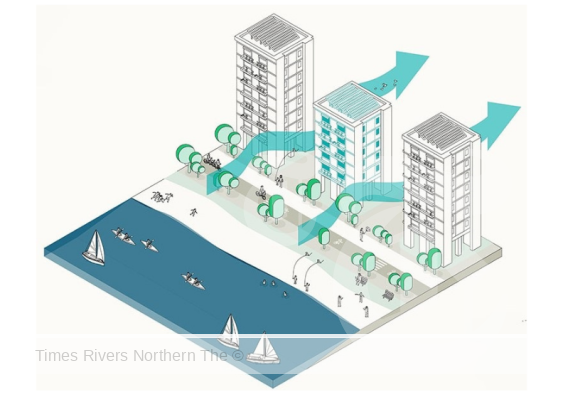
blue and green infrastructure
4. Blue infrastructure
Like green spaces, blue infrastructure, involving water bodies like ponds, rivers and dams, can be a powerful tool for temperature reduction. Integrating water features with green spaces can also help lower the temperatures of surrounding areas. Blue infrastructures can also be strategically placed together with greenery and wind corridors: as breezes blow over bodies of water they are cooled and then transport this cooling effect over nearby areas.
In western Sydney, the Norwest City project combined ponds and green areas with a great cooling effect and deployed a detailed cooling guide to integrate blue and green infrastructure in a multi-use precinct.
In a smaller way, water fountains in shopping areas, parks and boulevards, help cool people when temperatures are high.
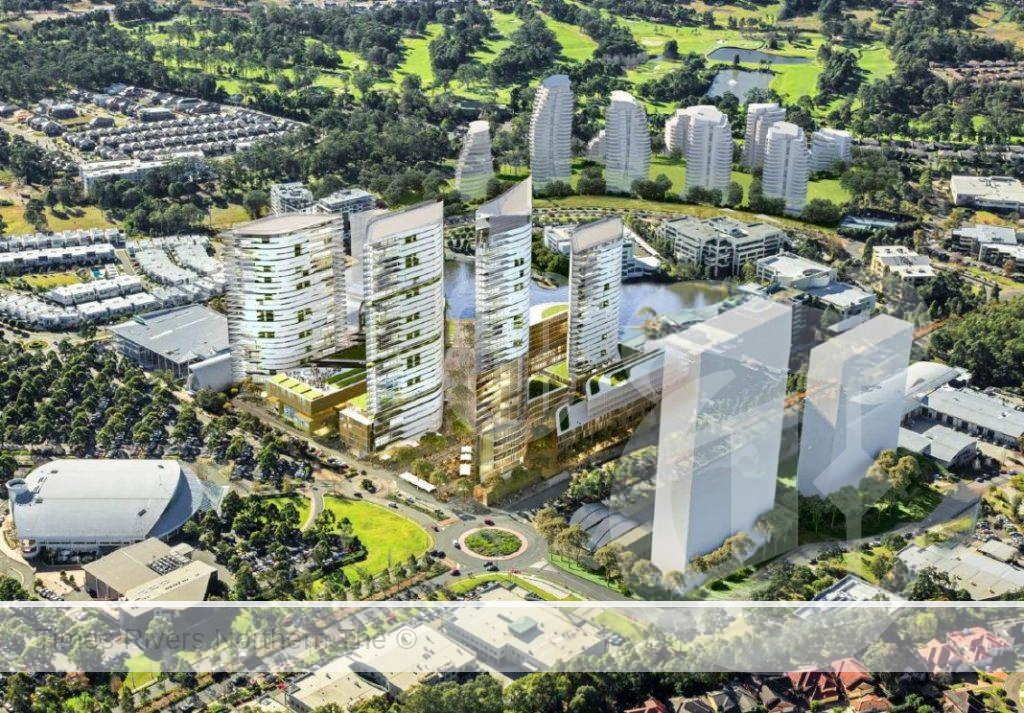
“Our cities are faced with an increasingly pressing problem of how to manage heat and care for the people living in them,” says Dr Nazarian. Western Sydney’s Norwest City project integrates blue and green infrastructure to manage heat. (FJC Studio)
5. Reduce human-created heat
The final piece of the puzzle is reducing heat generated by human activities, which is part of a larger project of reducing greenhouse gas emissions. In cities, Dr Nazarian underscores the need to rethink air-conditioning, car use and industrial practices.
“While air-conditioning gives people relief from heat, it simultaneously releases condensation and heat out into the environment, creating more demand for cooling, releasing more heat into the environment in a vicious cycle. Singapore, for instance, is shifting towards more energy-efficient, centralised cooling systems to mitigate localised heat. And some researchers are looking at ways to encourage the increased use of fans, which require far less energy to operate and don’t add heat to the atmosphere.”
There is no silver-bullet to reduce heat in our cities, but cool materials, green spaces, thoughtful urban planning, blue infrastructure and a reduction in human-generated heat will all need to be part of the picture.
For more real estate news, click here.
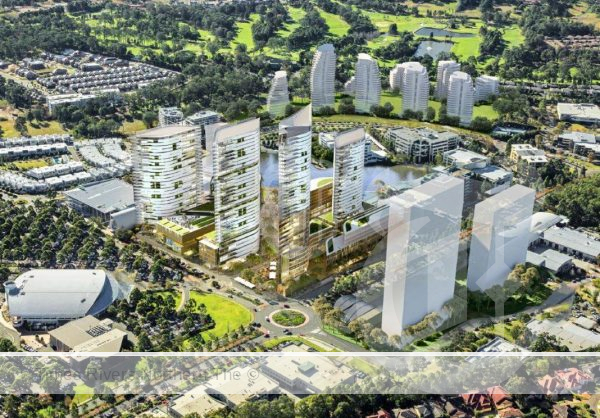

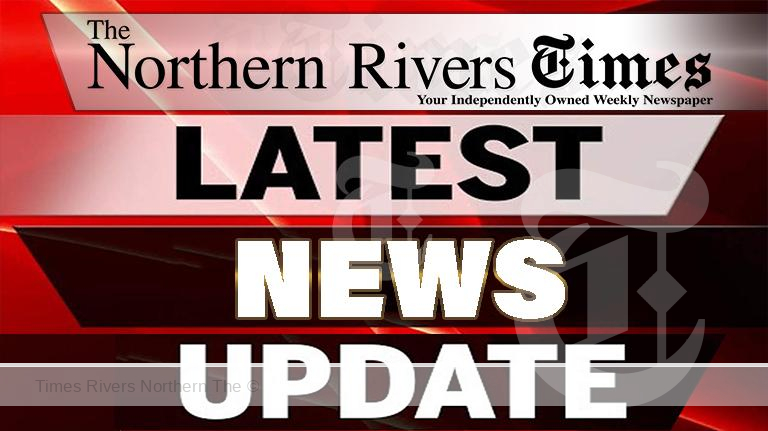

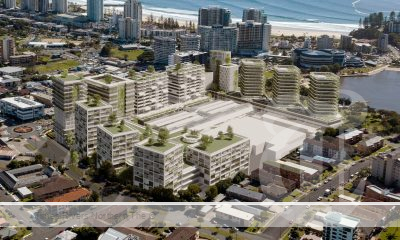
 Tweed Shire News2 years ago
Tweed Shire News2 years ago
 Motoring News2 years ago
Motoring News2 years ago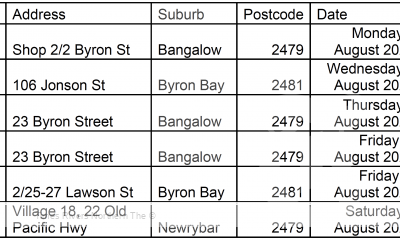
 COVID-19 Northern Rivers News3 years ago
COVID-19 Northern Rivers News3 years ago
 COVID-19 Northern Rivers News3 years ago
COVID-19 Northern Rivers News3 years ago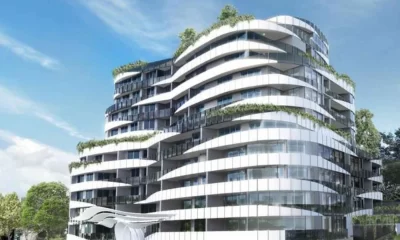
 Northern Rivers Local News3 years ago
Northern Rivers Local News3 years ago
 Health News3 years ago
Health News3 years ago
 COVID-19 Northern Rivers News3 years ago
COVID-19 Northern Rivers News3 years ago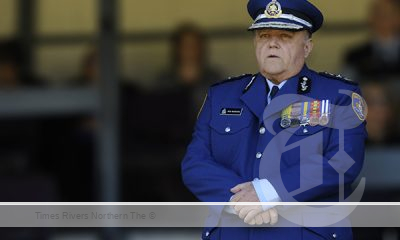
 NSW Breaking News3 years ago
NSW Breaking News3 years ago






















